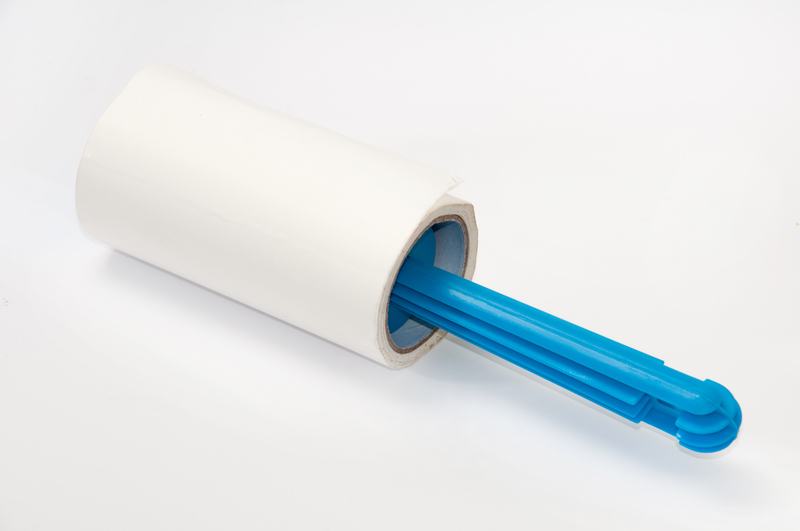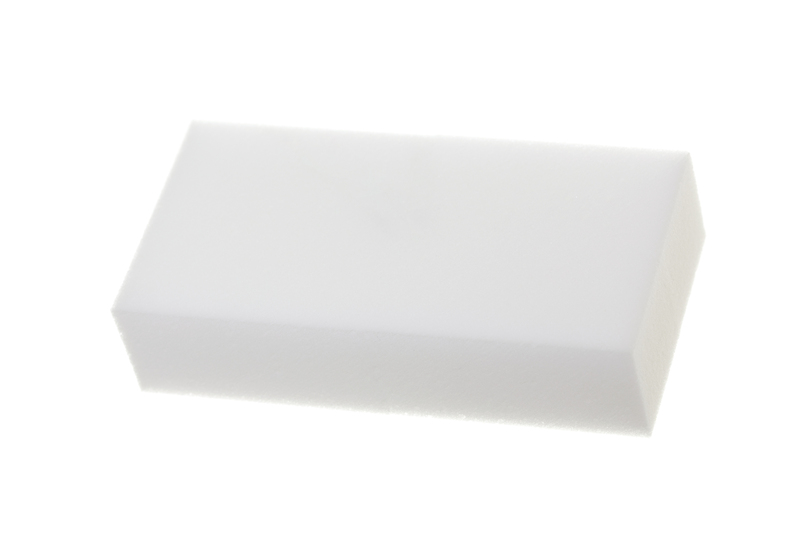Times to Refresh Bed Linens
Posted on 03/05/2025
Your bed is a sanctuary, a place where you rest and rejuvenate each night. One often overlooked aspect of maintaining a healthy sleeping environment is the frequency with which you change your bed linens. From comfort and hygiene to the longevity of your linens, the timing for refreshing your bed sheets, pillowcases, and duvet covers is crucial for achieving optimal sleep health.
Why It's Important to Refresh Bed Linens
Before diving into the appropriate schedules for refreshing your bed linens, it's essential to understand why this practice is so important. Clean bed linens contribute to:
- Hygiene: Bedding accumulates dead skin cells, sweat, body oils, and dirt over time. This creates a breeding ground for bacteria, allergens, and dust mites.
- Comfort: Fresh linens can make your bed more comfortable to sleep in, improving your quality of sleep.
- Aesthetic Appeal: Clean linens look inviting and can enhance the overall ambiance of your bedroom.
- Longevity of the Linens: Regular washing and proper care can prolong the life of your bed linens, saving you money in the long run.

General Guidelines for Refreshing Bed Linens
The frequency with which you should change your bed linens can vary depending on several factors, such as personal habits, health conditions, and environmental factors. However, general guidelines can provide a starting point for most people:
- Sheets and Pillowcases: Aim to change these every one to two weeks. If you sweat excessively at night or suffer from allergies, consider refreshing your sheets weekly.
- Duvet Covers: Duvet covers can be changed less frequently, approximately once a month or every four to six weeks. However, if you use a top sheet, you might be able to extend this to six to eight weeks.
- Blankets and Comforters: These items do not require frequent washing. Every two to three months should suffice, although if they are used without a duvet cover, they may need more frequent attention.
- Pillows: Pillowcases need regular changing, but the pillows themselves can be cleaned every three to six months, depending on use. Using a pillow protector can also extend the time between cleanings.
Factors Influencing How Often to Refresh Bed Linens
Several factors can influence how frequently you should refresh your bed linens. Keep these in mind to tailor your schedule to your specific needs:
Health Conditions:
- Those with allergies or asthma should change their bed linens weekly to reduce exposure to allergens like dust mites.
- If someone is ill, increasing the frequency to daily or every few days can help prevent the spread of germs.
Personal Habits:
- If you shower before bed, your bed linens may stay cleaner longer, reducing the frequency needed for changes.
- People who tend to eat or drink in bed may need to refresh their linens more often to avoid stains and crumbs.
Pets:
- If pets share your bed, linens should be changed weekly to manage pet hair, dander, and dirt.
Seasonal Changes:
- During warmer months, people tend to sweat more, necessitating more frequent changes than in cooler months.
Washing and Care Tips for Bed Linens
Maintaining your bed linens involves more than just regular washing. Proper care can help preserve the quality and enhance the longevity of your linens. Here are some tips for washing and caring for your bed linens:
Washing Instructions:
- Read the care label: Always follow the manufacturer's instructions for washing and drying your linens.
- Use the appropriate water temperature: Cotton sheets can generally be washed in warm water, while delicate fabrics like silk and linen may require cooler settings.
- Avoid overloading the washer: Overcrowding can prevent your linens from getting thoroughly cleaned.
Drying Techniques:
- Opt for low heat: High temperatures can weaken fibers and cause shrinkage.
- Remove promptly: Avoid wrinkles by taking your linens out of the dryer as soon as the cycle is complete.
- Line dry when possible: Air drying can be gentler on your linens and help them last longer.
Additional Care Tips:
- Rotate your sheets: Owning multiple sets of sheets allows you to rotate them, reducing wear and extending their lifespan.
- Store properly: Keep stored linens in a cool, dry place to prevent mildew and odors. Consider using a linen spray or sachet for added freshness.

Eco-Friendly Practices for Bed Linen Care
As awareness about environmental impact grows, many households are seeking more sustainable approaches to caring for bed linens. Incorporating eco-friendly practices can not only benefit the planet but also improve your health and the longevity of your linens.
Choose Natural Fibers:
- Opt for linens made from organic cotton, bamboo, or linen, which are produced with fewer chemicals and are biodegradable.
Energy-Efficient Washing and Drying:
- Use cold water settings and eco-friendly detergents to minimize energy consumption and chemical runoff.
- Air dry whenever possible to reduce your carbon footprint and extend the lifespan of your linens.
Sustainable Storage:
- Store in breathable, natural-fiber bags or bins to avoid plastic, which can trap moisture and encourage mildew.
Conclusion: The Benefits of Regularly Refreshing Bed Linens
Regularly refreshing your bed linens is an essential part of maintaining a healthy, comfortable, and inviting sleeping environment. Understanding the importance of hygiene, comfort, and the longevity of your linens can motivate you to establish a schedule that fits your lifestyle.
By considering factors such as health conditions, personal habits, and seasonal changes, you can tailor your linen care routine to suit your needs. Incorporating proper washing techniques and eco-friendly practices can further enhance the benefits for both you and the planet.
Your bed is more than just a place to sleep; it's a key component of your overall well-being. Make the effort to keep your bed linens clean and fresh, and you'll enjoy the rewards of a better night's sleep and a healthier home.







